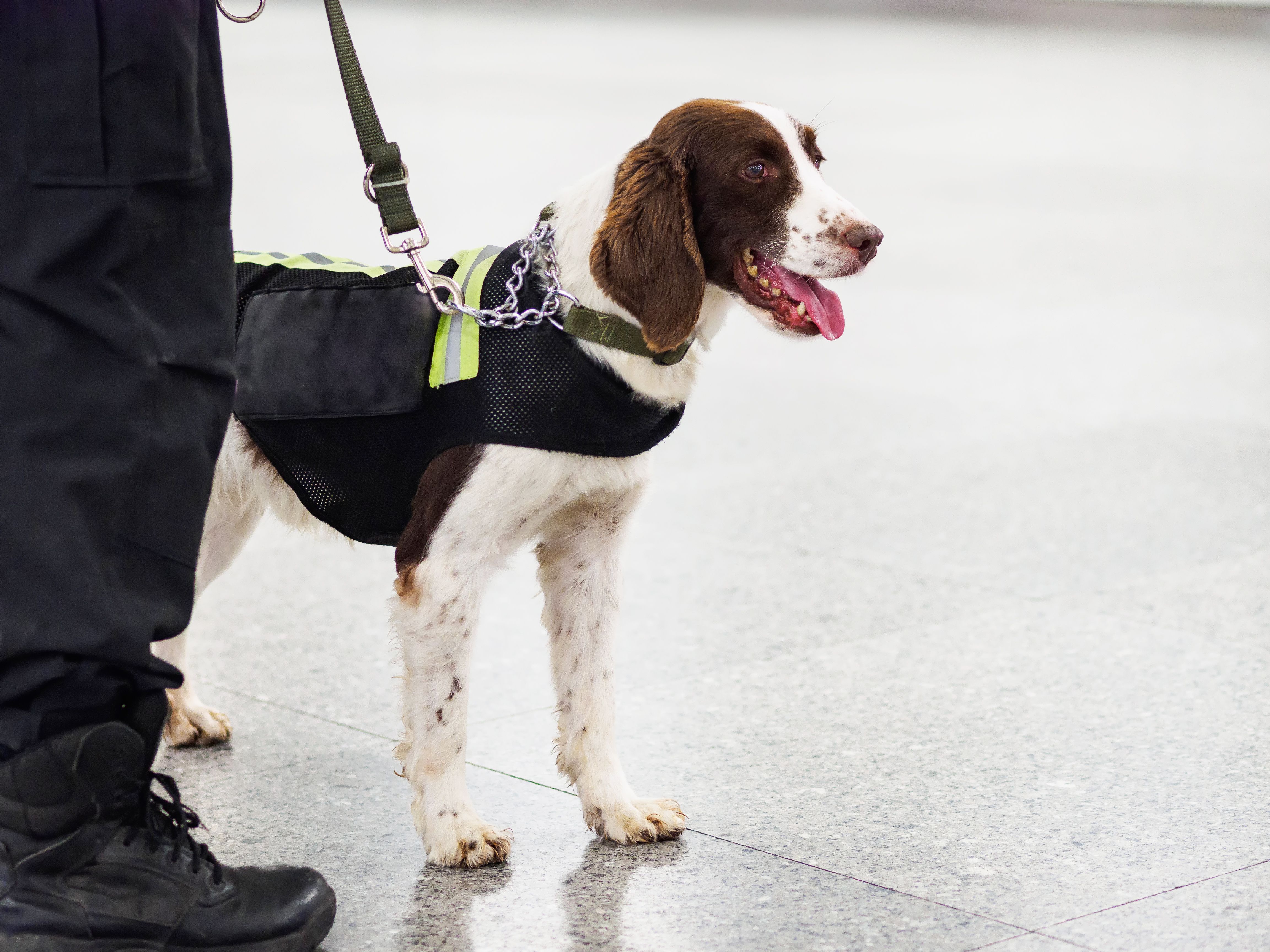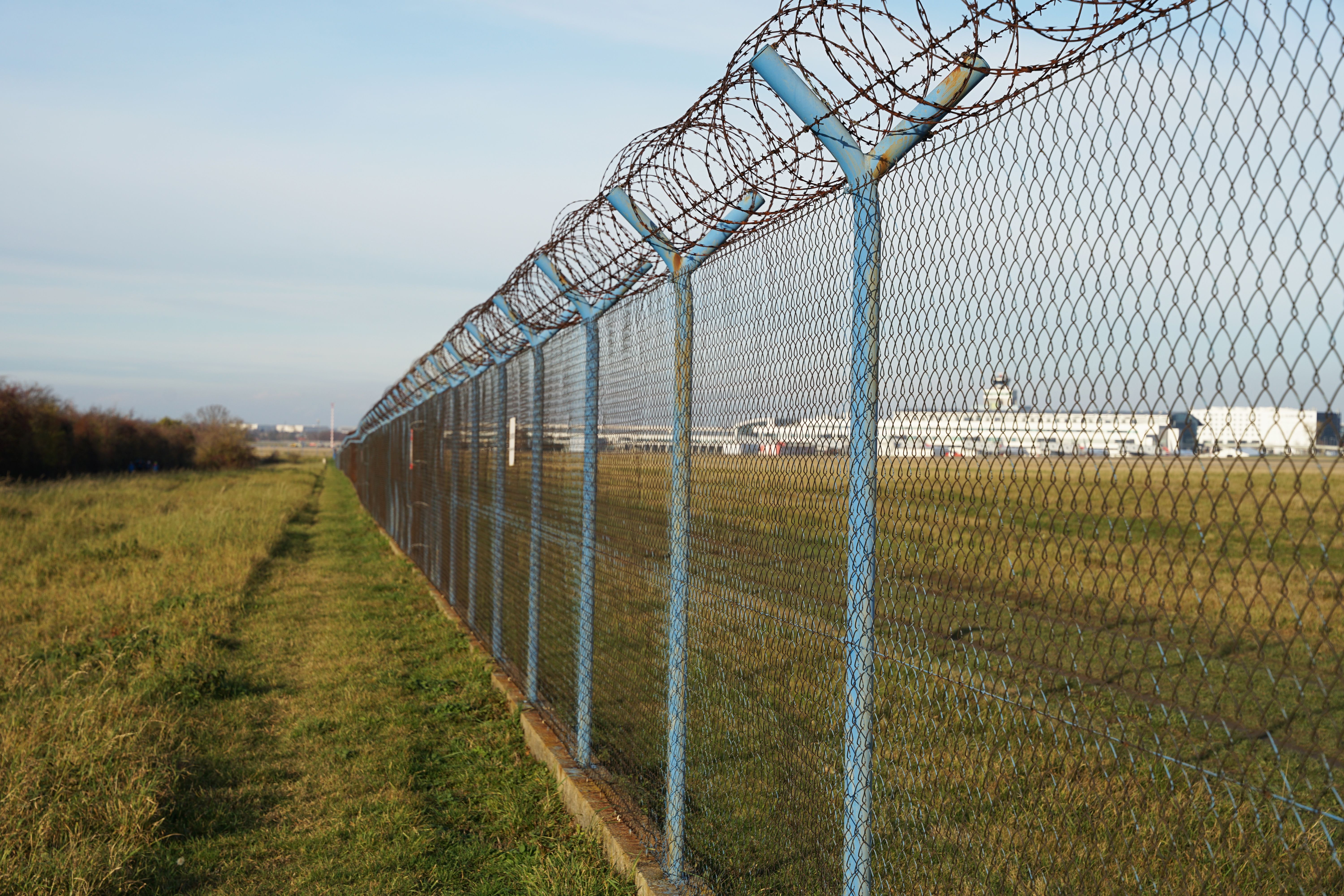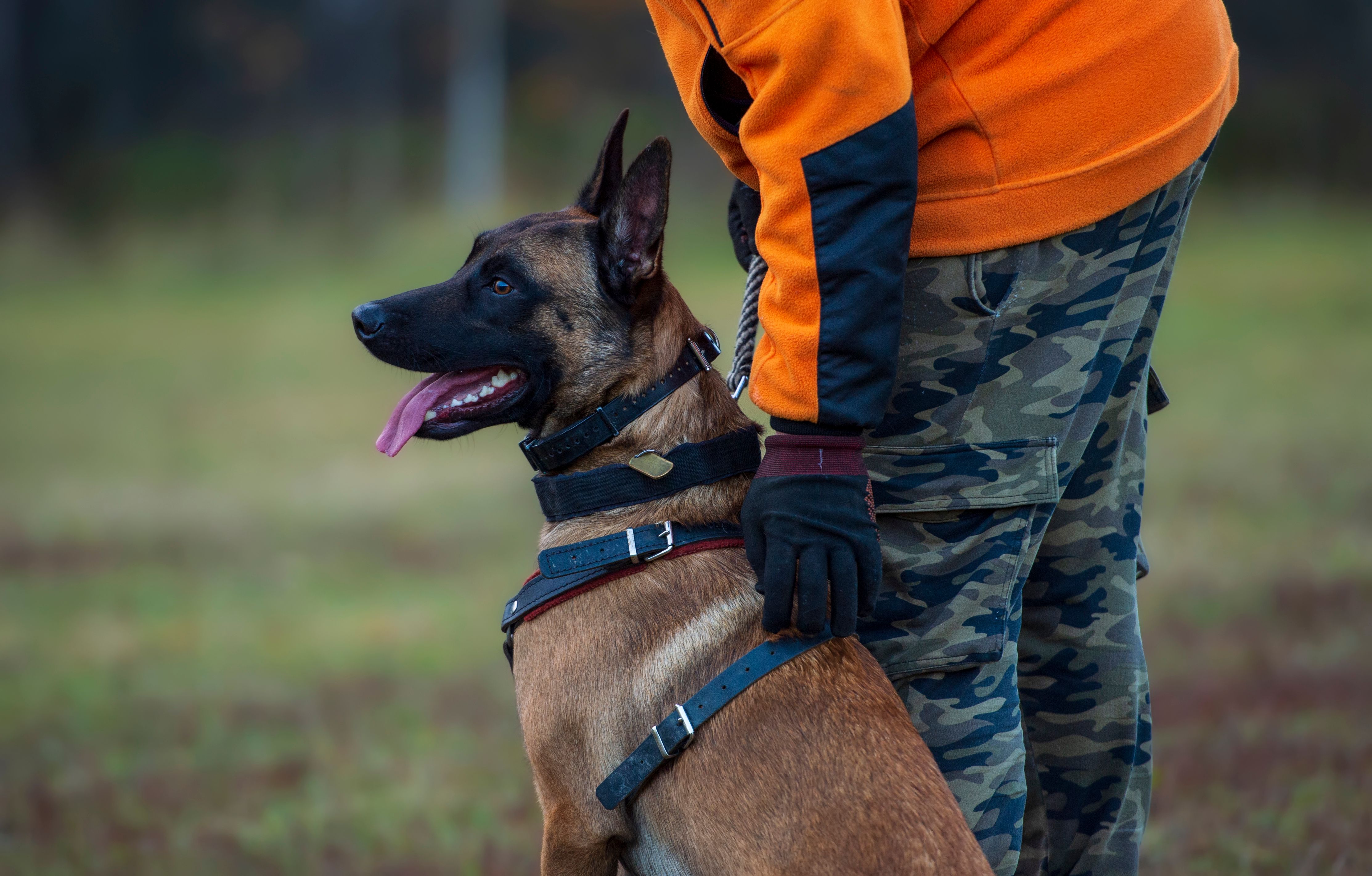What a Bomb Dog Actually Buys You: Time, Distance, and Options
Understanding the Role of Explosive Detction K9s (EDK9™)
Bomb dogs don’t promise safety. They buy time, distance, and options.
Shift risk left.
Incidents get expensive when you discover them at the door. A disciplined K9 program moves discovery earlier: out in the parking flow, at vehicle lanes, on approach routes, or during pre-open sweeps. Earlier detection shortens the exposure window and gives leaders more choices: divert, delay, deny, or discreetly resolve. The goal isn’t drama; it’s quiet time back to the decision-maker.

Layers beat silver bullets.
A dog is one layer. The value compounds when it’s paired with lane discipline (one voice at the checkpoint), clear standoff markers, and simple, time-stamped logs. Together, those layers make throughput calmer, exceptions clearer, and escalations rarer. A good K9 team doesn’t compete with X-ray or magnetometers, it keeps those tools honest and the line moving.
And in the right hands, that team becomes an early-warning sensor and disciplined decision-maker: capturing behavior cues, mapping coverage, and feeding clean, actionable notes to command, not just a warm body with a leash.
Deterrence without spectacle.
Just the presence of visbile K9 teams reduce opportunistic behavior. It also changes guest demeanor: people organize their belongings sooner, approach checkpoints more respectfully, and accept secondary screening with less friction. Deterrence isn’t about theatrics; it’s about tone. Calm handlers, neutral dogs, clear signage, and predictable processes. That tone ripples through the venue.

The Documentation Dividend.
If it isn’t time-stamped, it didn’t happen.
Clean logs (zones covered, times, exceptions, actions taken) are where K9 turns into risk finance: they help counsel reconstruct facts, help insurers see diligence, and help operations improve the plan tomorrow. Great reports don’t tell war stories; they map coverage and decisions in a way any auditor can follow.
Quiet standard (our philosophy).
No single method is perfect. We design for graceful failure and rapid recovery: calm lanes over noisy ones; exceptions recorded, routine left alone; welfare tracked so dogs are fit for duty; and decisions made on evidence, not ego.

A quick mental model (for buyers).
Ask yourself: “Where can a dog buy me five minutes earlier notice, twenty feet more standoff, or one more option I don’t currently have?” Put the team there. Then make sure the log captures it.
What to ask any K9 vendor (three questions).
- Placement: “Show me where your dogs add time, distance, or options in my plan—on a map of the site.”
Pass signal: a simple zone map (routes, lanes, standoff) with rationale. Red flag: hand-waving - Coverage proof: “Share a redacted sweep log from a real event: time-stamps, zones cleared, exceptions, actions taken, supervisor sign-off, retention period.”
Pass: 1–2 pages, clean fields. Red flag: ‘we don’t keep those.’ - Lane control: “What’s your one-voice protocol at checkpoints, and your re-attack/abort criteria?”
Pass: specific triggers and phrasing. Red flag: “depends on the handler.”
Conclusion
Explosives dogs earn their keep by buying time, distance, and options. They deliver when they’re placed with intent, governed by clear command-and-control, and backed by simple, time-stamped reporting and fit-for-duty standards. That structure turns deterrence into disciplined presence and turns searches into decisions.
And lastly, evaluate the program, not the pitch. If a vendor can’t:
(1) map where their teams change outcomes on your site
(2) produce a clean redacted sweep log
(3) state exactly who owns the call to re-check an area and who authorizes escalation/stop?
You don’t have a layer: you have liability. Choose layers that amplify each other and leave a trail counsel and leaders can follow.